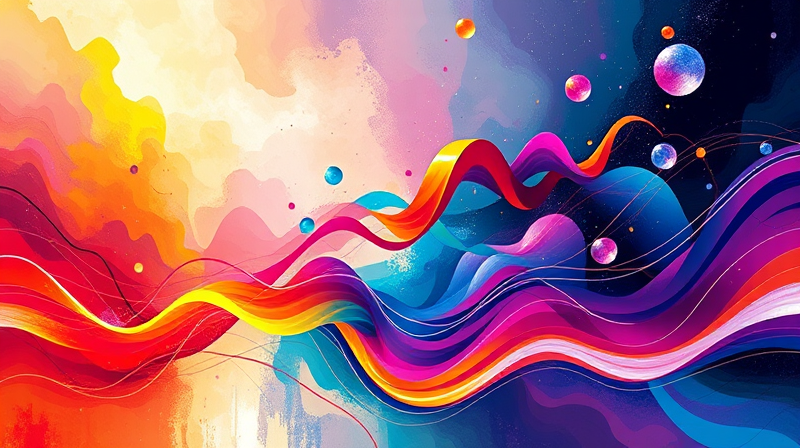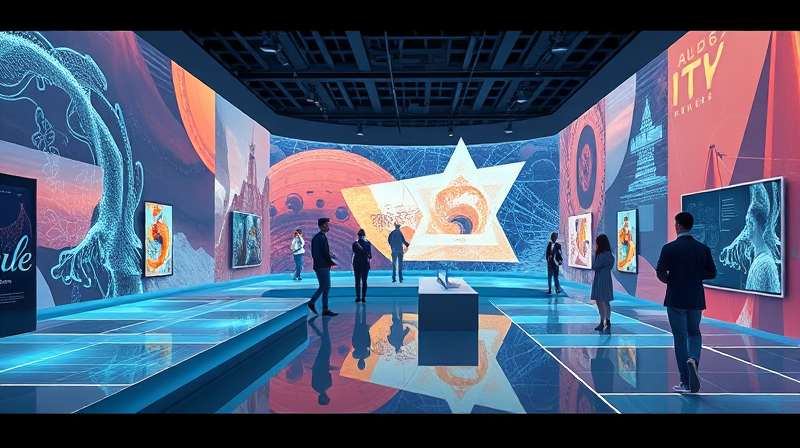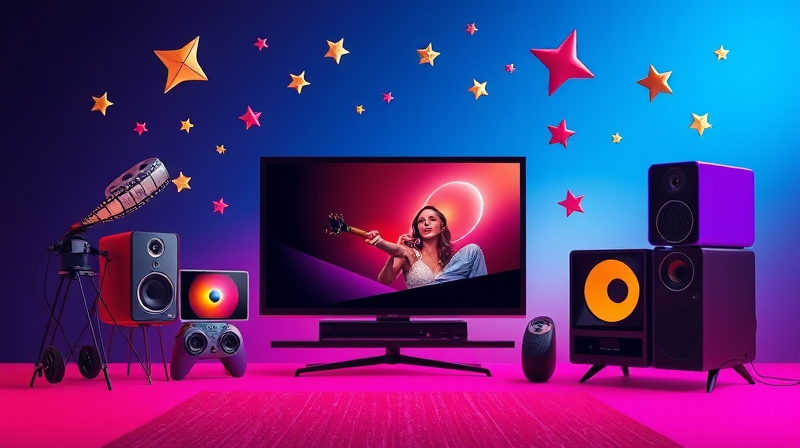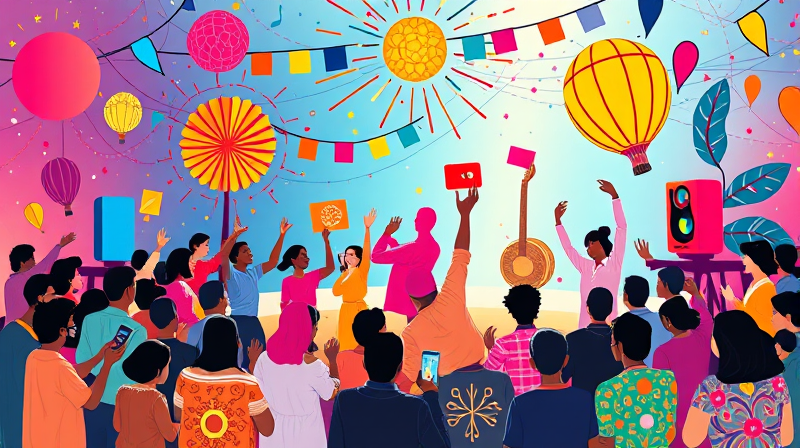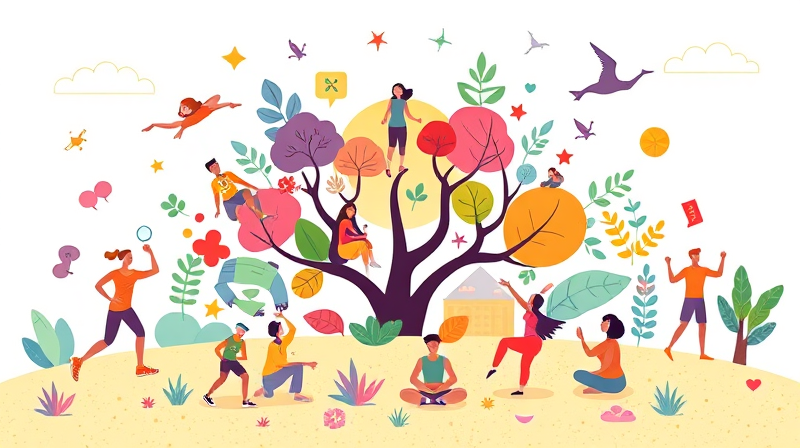Artistic expression is the heartbeat of human culture. It allows people to communicate deep-seated emotions, ideas, and experiences using a myriad of creative tools. Understanding how art works—its building blocks and the process behind its creation—can enrich our lives and broaden our perspectives on the world.
Art is not merely about the final product. It is an ongoing journey of discovery that engages both the creator and the observer in unique ways. Every brush stroke, every line, and every chosen hue works together to tell an extraordinary story that transcends language and time.
The Elements of Artistic Expression
The beauty of art lies in its fundamental elements. Whether you are an aspiring artist or simply an appreciator of aesthetics, knowing these basics can deepen your understanding of creative expression. The core principles include:
- Lines that guide the viewer's eye and define shapes.
- Form that establishes the three-dimensional perspective.
- Value which plays with light and shadow to create contrast.
- Space helping to create depth and composition.
- Color theory which delivers emotion and energy through hues.
- Anatomy that lends life and realism to sculptures and figures.
- Lighting that influences mood and focus.
- Composition which brings all elements together harmoniously.
These basics are interconnected and essential in conveying emotions effectively, inviting viewers into a dialogue directly through the medium of art.
The Creative Process and Its Impact
The true magic of artistic expression lies in the creative process itself. Unlike other forms of work with clear end goals, art is a dynamic journey where the end result is often unknown until completion. This unpredictability is what fuels creativity and gives birth to novel ideas.
For many artists, the creation process is as rewarding as the final artwork. It is a means for self-reflection, exploration, and even healing. By embracing spontaneity and diversity, artists can produce pieces that resonate on multiple levels with their audience.
This process encourages the exploration and development of personal style, and it reinforces the idea that creativity is fluid, constantly evolving through experimentation and learning.
Communication and Cognitive Benefits
Art is a universal language that bridges gaps between diverse cultures and communities. It is particularly powerful as a means of communication for those who struggle to express themselves through words. From early childhood to adulthood, art offers an alternative channel to convey thoughts and feelings.
The impact of engaging in artistic endeavors extends beyond emotional expression. Research has highlighted numerous cognitive benefits such as:
- Enhanced neural connectivity which fosters a deeper integration of thoughts and perceptions.
- Improved problem-solving skills by encouraging innovative thinking.
- Boosted overall cognitive function as the process of creating art challenges the brain in unique ways.
- Increased mental resilience due to engaging with and overcoming creative obstacles.
These benefits illustrate how art is an integral part of personal development and mental well-being, nurturing the intellect and the soul simultaneously.
Cultural and Societal Impact of Artistic Expression
Art shapes and constantly reshapes the cultural landscape. It is a lens through which historical, social, and political contexts are both criticized and celebrated. Art makes communities stronger by fostering engagement and sparking meaningful dialogue among individuals from different walks of life.
It acts as a unifying force, offering platforms for community gatherings and cultural celebrations. Artistic events and exhibits encourage people to interact, reflect, and even collaborate, often resulting in a stronger sense of identity and belonging.
The societal impact of art can be seen in its role in :
- Bridging cultural gaps and uniting diverse groups.
- Providing dialogue on pressing issues through creative platforms.
- Celebrating cultural heritage while simultaneously paving the way for new narratives and perspectives.
Promoting Artistic Expression in Education and Beyond
Encouraging artistic expression, especially in educational settings, is a investment in our future. Educators and community leaders have an important role in creating environments that spark creativity. Some effective approaches include:
- Emphasizing the creative process rather than the final product, allowing for experimentation.
- Providing diverse materials to enable a variety of creative methods.
- Allowing ample time and space to explore art without restriction.
- Making art optional and respecting each individual’s pace and comfort.
- Displaying work proudly to boost self-esteem and acknowledge effort.
By fostering a love for the arts from a young age, we not only cultivate a more creative generation but also encourage lifelong appreciation for both the process and the product of artistic expression.
The Future of Artistic Expression
The integration of modern technologies with classic art forms signals a new era in creative expression. Digital platforms empower artists to experiment and share their work with a global audience, breaking down traditional barriers in the art community.
Innovations such as digital art and mixed media offer endless possibilities for creative exploration and expression. This fusion of technology and traditional techniques is expected to foster novel art forms and new experiences that will continually redefine what art means to humanity.
In conclusion, understanding the basics of artistic expression and appreciating its far-reaching implications can transform how we interact with the world. Art is not just a pastime or hobby—it is a vital component of our cognitive, emotional, and societal development. Every stroke of a painting, every note of a melody, and every creative twist reminds us of our shared humanity and our potential to inspire and be inspired.
By championing artistic expression, we create vibrant communities that value creativity, diversity, and the endless possibilities of human imagination.

